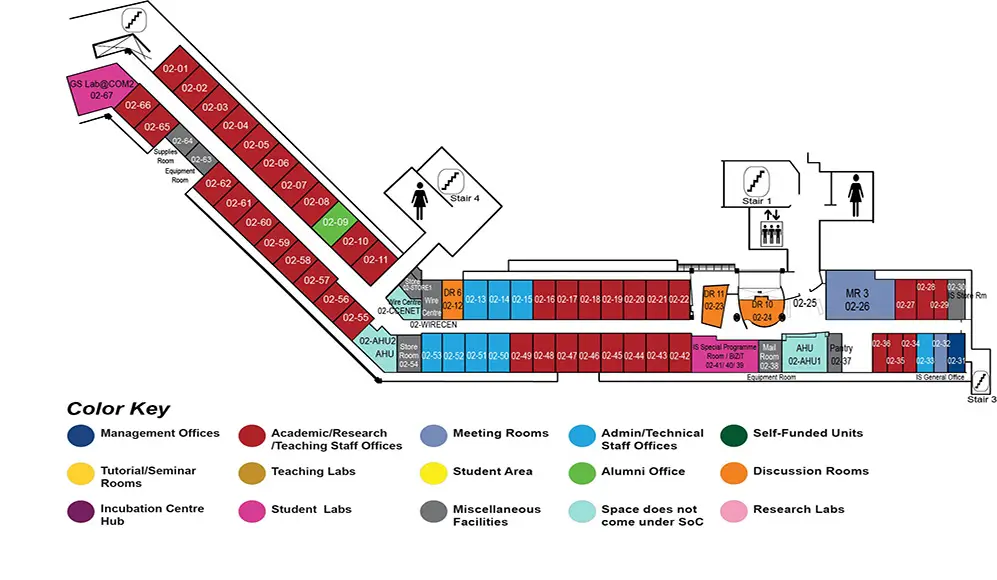Robust and Adaptive Anomaly Detection with Deep Learning
Dr Bryan Hooi Kuen-Yew, Assistant Professor, School of Computing
COM2 Level 2
MR3, COM2-02-26


Abstract:
Anomaly detection is the task of detecting samples within a set of data that deviate from the normal or expected behaviour. As data grows in abundance and importance for decision-making in many industries, anomaly detection methods that are fast, accurate and automated are increasingly vital.
There has been growing interest in the use of deep learning models for anomaly detection. Deep learning has been extremely successful in improving state-of-the-art performance in a wide variety of data-driven tasks in recent years. However, anomaly detection remains a particularly difficult task and many of its unique challenges are yet to be adequately solved with existing methods.
In this thesis, we focus on two such challenges: their robustness and their adaptivity. A robust model is one which is not influenced by a certain characteristic of the dataset and therefore variation in this characteristic does not significantly change the model outputs. Conversely, an adaptive model is more sensitive to this characteristic and the output of the model is changed significantly by the same variation. We identify several of these important characteristics and propose novel methodologies to improve the robustness or adaptivity of deep anomaly detection models to them through three research publications.
We firstly identify the vulnerability of autoencoders, one of the most popular deep learning models used in anomaly detection, to adversarial attacks and propose two novel defence mechanisms to improve their robustness against them. Secondly, we aim to improve the adaptivity of autoencoders to the latent characteristics of a sample in their approach to anomaly scoring. Finally, we consider the adaptivity of a different family of models, local outlier methods, to the observed data in the training set. Local outlier methods include well-established and enduringly popular anomaly detection methods such as KNN and LOF, which are restricted in their ability to adapt to a particular dataset due to their lack of trainable parameters. We firstly identify that local outlier methods can be encapsulated by the general framework of message passing that is used by graph neural networks. We then propose a novel and flexible local outlier method that utilises the expressivity and adaptivity of graph neural networks to improve detection performance.

